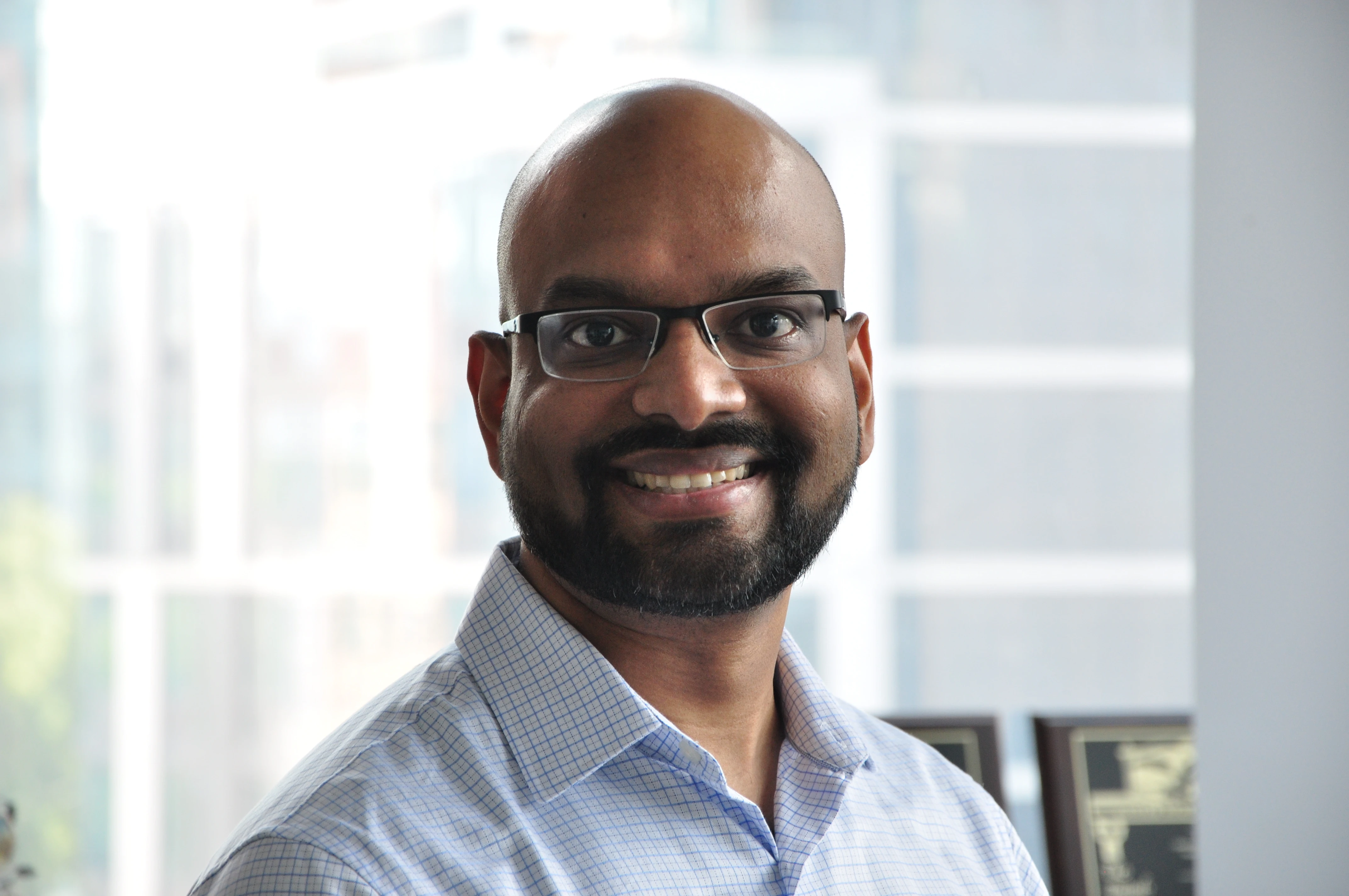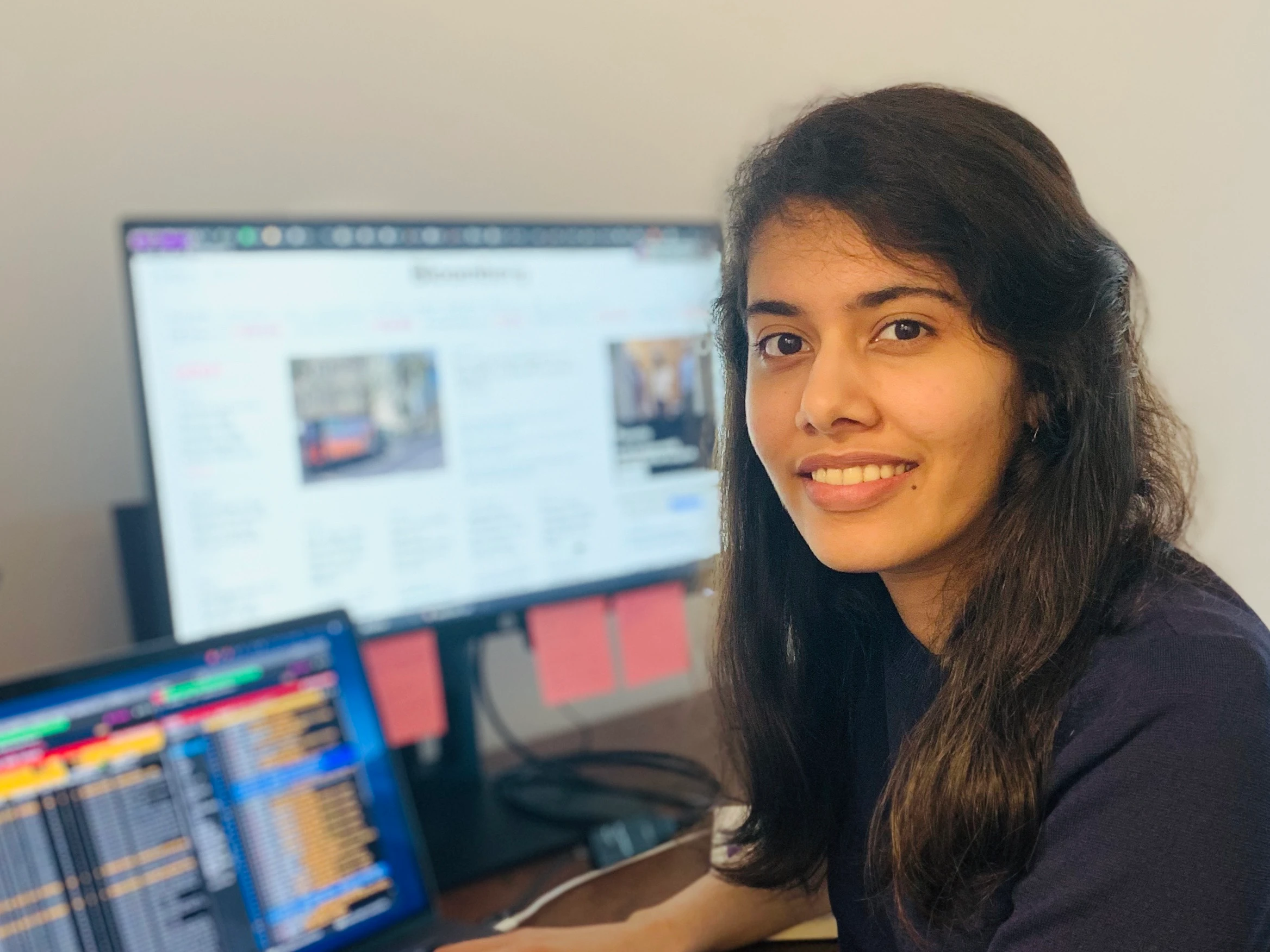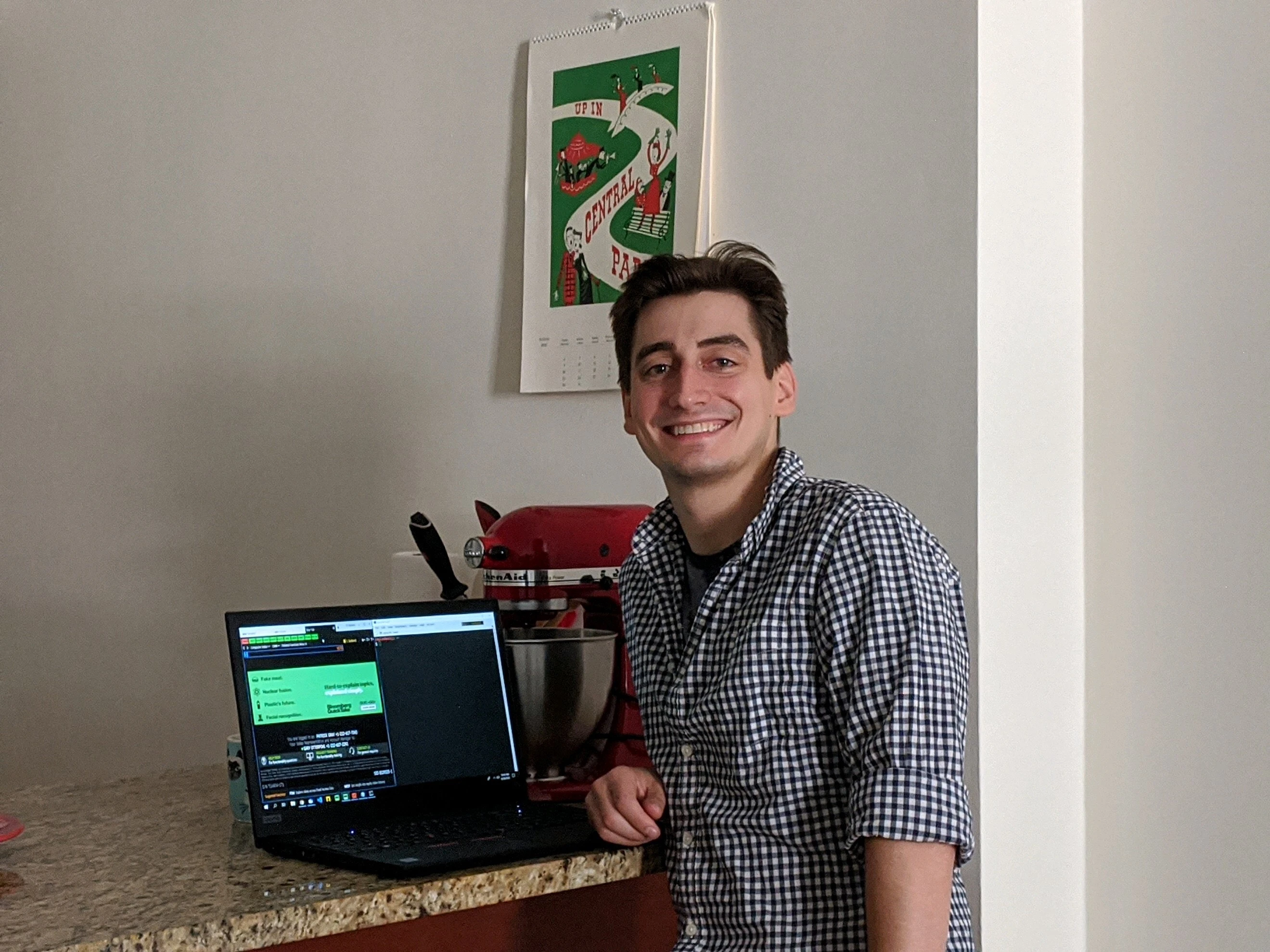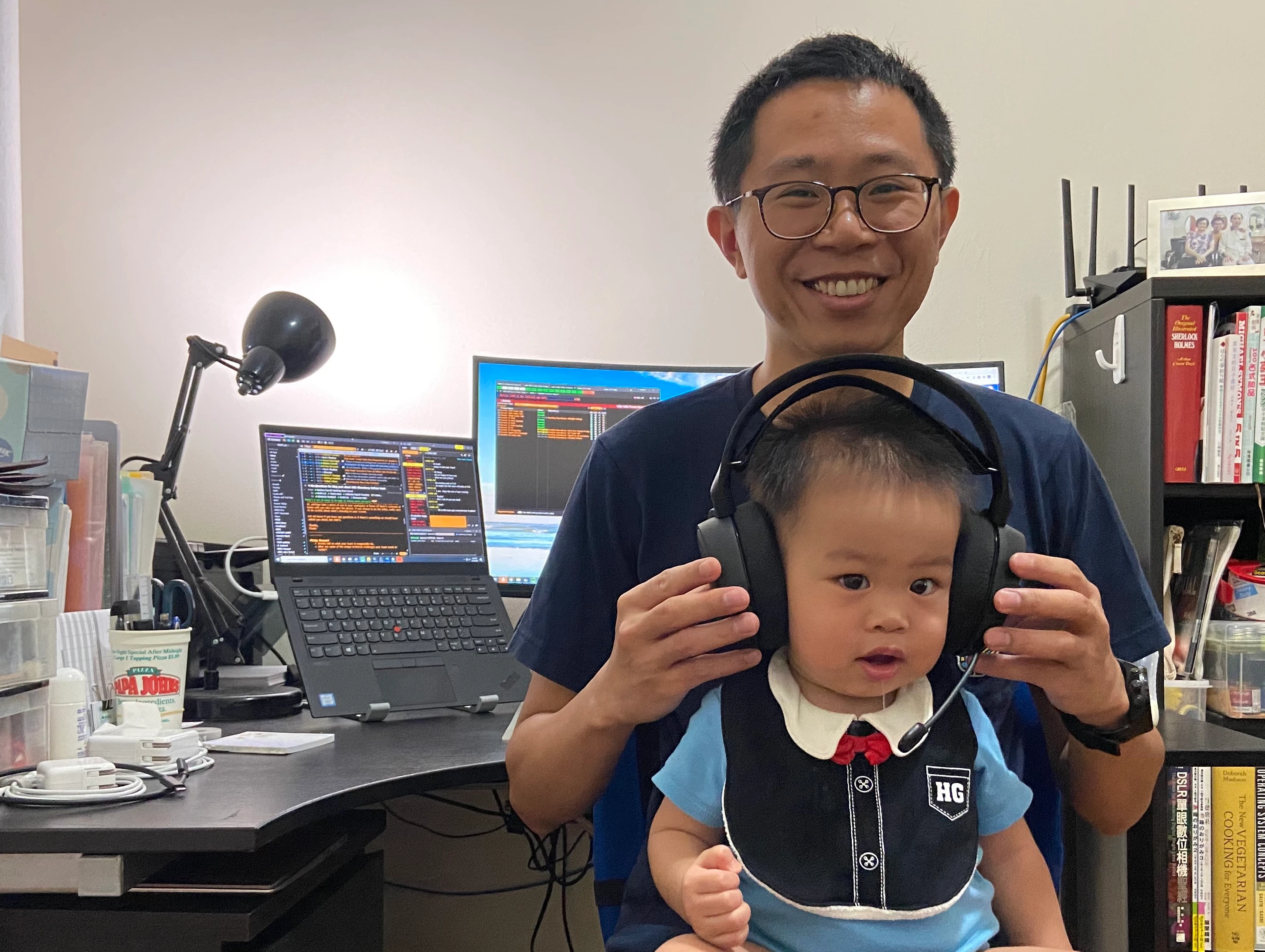Meet the Team: Indices Engineering
September 29, 2020
Bloomberg leverages its expertise in the global capital markets, technology, data, pricing, analytics, distribution, and research to provide independent and unbiased fixed income indices that are used by the world’s biggest asset management firms. The platforms that produce and publish these benchmarks are designed and managed by Bloomberg’s Indices Engineering team.


First, let’s meet the team’s Engineering Manager. Pinky Dewani has been with Bloomberg her entire 14 year career as a software engineer. Now, she oversees this rapidly growing team.
Briefly tell us what your team is responsible for.
We manage the platforms that produce and publish the Bloomberg Barclays fixed income indices. A sister team of engineers in Europe is responsible for strategy and equity indices. Our team’s platforms cover the complete fixed income index production workflow. On a daily basis, our platforms handle roughly 200 million data points over around 200,000 bonds covering all markets globally, with an extremely low tolerance for errors and the need to adhere to tight regional SLAs. We also must provide critical features to meet compliance requirements for the Bloomberg Index business to successfully operate as a regulated entity. These two aspects are central to everything we do.
Briefly tell us about your career path.
I joined Bloomberg about 14 years ago, fresh out of graduate school. The software engineering training program I went through is one of my most memorable experiences at Bloomberg, and I still cherish the strong cross-organizational network I developed through that program. I started as an engineer in Bloomberg Law (BLAW), where I was able to take on increasing responsibilities as the product grew rapidly, growing from an Individual Contributor to a Team Lead to a Manager. We started small and everyone pitched in to build a web-based subscription product outside the Terminal for the legal sector. We then evolved towards disrupting the industry by applying data science and machine learning to legal research problems.
When Bloomberg acquired the BRAIS business from Barclays in 2016, I was given the opportunity to manage the Bloomberg Indices Engineering group in New York and lead the integration of the L-Series Fixed Income Benchmark Index platforms from Barclays within Bloomberg. We successfully completed this integration and are now building the next-generation Index Production Platform to support the exponential growth of this business.
Financial Analytics has always stood out for having a number of women in its senior leadership. Why do you think that is?
This is a virtuous cycle. The more we see women in leadership roles, the more other women feel empowered to take on leadership roles. We have a number of senior leaders, both female and male, who are actively mentoring and sponsoring female leadership across the organization. Discussions about diversity and inclusion are becoming more integral during leadership training sessions, enabling all leaders to focus on actively supporting underrepresented communities. In addition, grassroots movements, such as local Bloomberg Women in Technology chapters, have acquired significant momentum and we now have a remarkable community of women engineers and their allies who are deeply invested in supporting and uplifting one another.
What skills do you look for when hiring engineers for your team?
We highly value technologists with problem-solving and analytical skills, complemented by strong collaboration and communication skills. We are not looking for experience with any specific programming language, and expect that a quick learner can ramp up on the relevant languages. We love to see excitement about the product and an interest in understanding our business and clients. The most successful engineers within our team, and across Bloomberg, are those who take initiative and ownership, are passionate about the products they build, partner well with others across various teams, and are constantly looking to learn and grow.
“The more we see women in leadership roles, the more other women feel empowered to take on leadership roles.”
– Pinky Dewani


Engineering Team Lead Noel Gunasekar joined Bloomberg in 2009 after finishing his graduate degree in Computer Science. He now manages the Index Calculations and Data Infrastructure teams inside Indices Engineering.
How have you managed your career at Bloomberg over the decade you’ve been with the company?
Over the last decade, I was fortunate to have been part of various teams that have successfully developed and delivered large scale software products. The excitement of working with smart and talented people to solve different challenging problems every day, along with my sense of accomplishment when I look back at the real-world impact my work has had, have been the main motivational factors that keep me wanting more!
Throughout my career, I have always worked on multi-year buildouts that I was so invested in that I always stayed with them until their completion. If you are like me and are in it for the long run, then I would say that you are being challenged and are learning through your contributions. Otherwise, have an open conversation with your manager. You could ask to be assigned to a different project, or play a different role, or take on a bigger task that you haven’t done before, or be part of a cross-team or company-wide workgroup that is solving larger problems. You could even ask for a team switch.
What are you working on now? What’s your biggest challenge?
Our group is working on a multi-year build, creating a new Index Construction Platform to handle the daily production of the Bloomberg Barclays fixed income indices. This involves building and productionizing an Apache Solr-backed search platform to handle thousands of searches per minute, an Apache Cassandra back-end database to store millions of data points per day, and a distributed computational engine to handle millions of computations daily.
My biggest challenge and my inspiration is the significance of the Bloomberg Barclays index product to the financial world. We need to ensure that millions of data points are computed correctly and published on time as fast as possible for markets across the globe. There are trillions of dollars managed against these indices and investors globally depend and rely on these numbers every day.
How do you foster a collaborative, inclusive environment at work?
Bloomberg Engineering has a great hiring team and a good hiring process that has brought in a lot of talented people from diverse backgrounds to work together. As leaders, our role is to ensure that we provide the best environment that encourages collaboration.
Collaboration and inclusiveness are deeply embedded in Bloomberg’s work culture. We don’t have formal job titles, which removes any hierarchy and title-based bias. We have an open office floor plan and transparent conference rooms, which reinforce inclusiveness and transparency. There are active D&I groups that increase awareness and offer great support to be successful at Bloomberg. These groups also offer training and coaching, including a speaker series that help leaders like me ensure we create an open, collaborative, and inclusive work environment.
What are your best tips for inspiring direct reports?
The biggest inspiration is the work itself. If you believe in the work you are doing and connect with the ‘why’ behind it, then it naturally motivates you every day, as you work on it and see its impact. This also needs to be supplemented with a well-defined vision that has both short- and long-term goals.
Next, is the ownership of the work. Everyone feels valued based on their contributions and gets to have a sense of accomplishment by driving results. By granting ownership of a system or project or team, it conveys your trust in the team’s abilities and it provides the needed space for them to express themselves through their work.


Software Engineer Ashlesha Rajesh Patankar is helping to design and build the index management infrastructure.
What do you wish you knew about software engineering careers before you joined Bloomberg?
I wasn’t aware that many of the skills that make one a great software engineer are acquired on the job. Bloomberg is a great place to learn and hone your skills as a software engineer. I have learned a lot over the course of the last two years about dealing with distributed systems and client-facing applications at a humongous scale.
What’s your best advice for inspiring new college grads who have recently joined Bloomberg?
Take ownership of projects and strive for excellence. When things go wrong, take responsibility and dive deeper to find the root cause. It will broaden your understanding of system interactions and the codebase in general. Be humble and learn as much as you can. It is a privilege to be learning from and working beside some of the smartest people in tech, so make the most of it.
Tell us about the mentorship you’re receiving at Bloomberg.
I’m extremely fortunate to have been mentored by amazing managers since my first day at Bloomberg. I routinely received great feedback about my code quality and design. I was constantly encouraged to take on projects that challenged me in a number of ways, but ultimately widened my knowledge about the product and increased my technical expertise. My managers have been very accommodating and have always factored in my personal interests.


Patrick Gray joined Bloomberg so he could grow his technical abilities and learn more about finance.
How did you find out about Bloomberg? What made Bloomberg stand out for you?
Before joining Bloomberg, I was in school researching ways in which I could apply my developing studies in machine learning to solving problems in music information. This endeavor was rewarding in more ways than one. Most notably, it highlighted the potential for me to explore careers in a variety of interesting domains and niches while still being able to maintain my presence in the field of computer science. I was also interested in finance, and the thought of working at Bloomberg came to mind because Bloomberg is a name that’s synonymous with financial software.
I excitedly submitted my resume. If I was fortunate enough to be offered a job at Bloomberg, I would be able to grapple with technical challenges like load distribution, analytics, data retrieval and consistency, and other problems under the umbrella of big data. Plus, I could also explore the field of finance.
I ultimately chose Bloomberg because I knew I could be proud of the work. Independent financial services are crucial for a modern economy. They help to rid the system of detrimental self-serving influences and establish rules promoting fairness, accountability, stability, and equality.
What are you working on now? What’s your biggest challenge?
My team is responsible for collecting the security level data that feeds into our downstream index aggregators. More specifically, we write services to acquire and calculate security level fields. In addition, we manage a piece of an orchestration system offering fair and sensible distribution of our service requests, and we maintain the configuration system that dictates how these pieces should interact with one another.
When I reach the closing curly brace or indent of a function, I immediately scroll up to the declaration and ask myself a few questions. Is this code readable? Is this code modular? Is this code extensible? Is this code elegant? Finding an answer to these questions can be quite frustrating because it requires more than just knowledge of programming languages and algorithms. It also requires collaboration with other developers to gain an overarching perspective. Moreover, it requires experience in debugging your own mistakes. Because with each passing mistake, you gain a better understanding of your system and discover new ways to improve and simplify the overall design.
The philosopher and mathematician Blaise Pascal famously wrote, “I would have written a shorter letter, but I did not have time.” This excerpt reveals an important lesson not only for writers, but also for software engineers.
How do you foster a collaborative, inclusive environment at work?
People tend to be more engaging when others express genuine interest in their lives. At Bloomberg, this is a very simple thing to do. We have such a diverse workforce of people from all backgrounds with fascinating histories and stories to share. Listening to these stories brings about new friendships. As a result, you begin to see a more collaborative environment develop where people can feel comfortable sharing their ideas.
“We have such a diverse workforce of people from all backgrounds with fascinating histories and stories to share. Listening to these stories brings about new friendships. As a result, you begin to see a more collaborative environment develop where people can feel comfortable sharing their ideas.”
– Patrick Gray


Keith Lui works on a team that’s building out the index production workflow.
What do you feel is an advantage to hiring more people with career experience outside of software engineering and financial analysis?
Such people tend to see the same problem with different perspectives, which allows the problem to be understood and tackled in creative new ways. Often, they also tend to ask why things are done the way they are done, which encourages everyone to consider whether there are better ways to handle the problem.
What are you working on now? What’s your biggest challenge?
My team is working on building out the index production workflow required to migrate the index production system we acquired from BRAIS into our new index production workflow. This suite of software will allow our index production team to monitor the daily index production processes, react and execute any necessary corrective actions — should any production issues occur — and validate the index calculations to make sure any data we publish are of top quality.
Tell us about the mentorship you’re receiving at Bloomberg.
I have worked with several managers/mentors over my past seven years at Bloomberg. One thing they have in common is they always encourage me to take on challenging projects in order to stretch my limits and work on my areas of growth. I am really fortunate to have received their support and guidance.